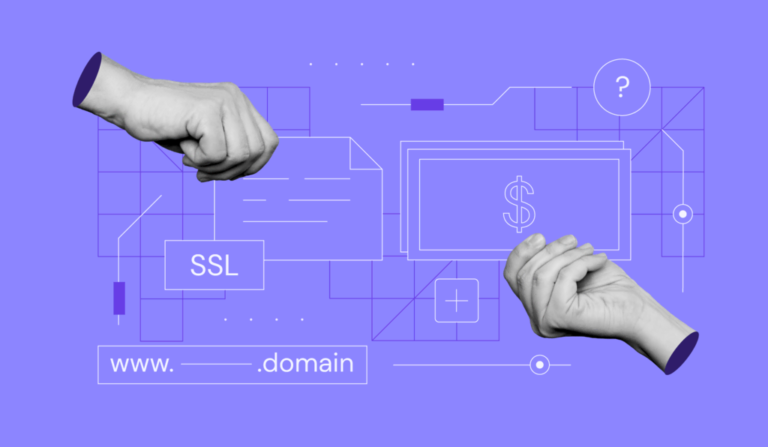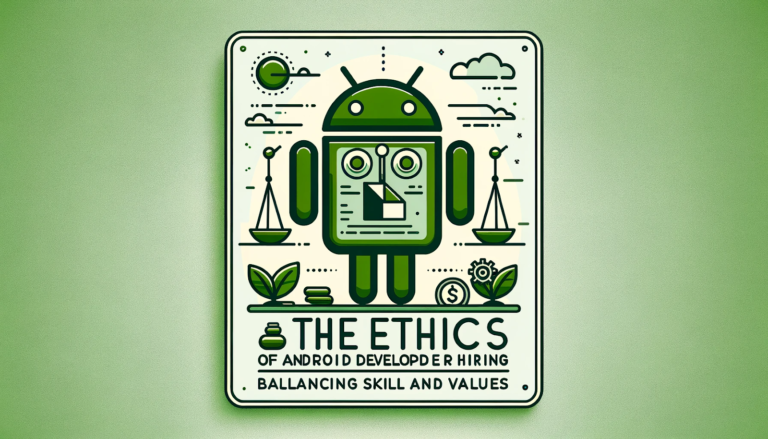As a business owner, when you plan to launch a commercial mobile app, too many things come into play- from strategy and design to testing and post-launch support. Whether you are developing a utility app, a lifestyle platform, or an enterprise tool, collaborating with a company offering mobile app development services can be game-changer for your success.
The company will provide you with expert guidance throughout the development lifecycle. But do you have any idea what each stage involves? Understanding the mobile app development lifecycle can set realistic expectations and help you make informed decisions.
Ideation and Discovery
Every successful mobile app begins with a clear idea. For this, businesses work closely with app developers to define goals, target users, unique features, and desired outcomes. This phase also includes market research, competitor analysis, and feasibility studies. Whatever decisions are made during this initial stage shape the direction of the app and influence every step of the development process.
Wireframing and outlining the Minimum Viable Product (MVP) are key components of the discovery phase. This process helps both stakeholders and developers to align on the same page about the app’s essential features.
Strategy and Planning
Now that you are ready to move forward after ideation, the planning phase helps transform your app idea into execution strategy. Developers and business stakeholders decide the tech stack, project timeline, required resources, and budget allocation. During the planning phase, decisions are made regarding whether the app should be native, hybrid, or cross-platform. It is also important to decide on third-party tools that will support key functionalities such as analytics, push notifications, payment gateways, and user authentication.
At this stage, product managers or app strategists establish key milestones, create sprints (if using agile methodology), and assess potential risks. When you have clear expectations from the beginning, it becomes much easier to manage resources, track progress, and maintain alignment across teams.
UI/UX Design
A well-crafted UI/UX design gives life to your mobile app by transforming functionality into an engaging user experience. Yes, it directly influences user engagement, retention, and
satisfaction. During the process, UI/UX designers develop intuitive wireframes, interactive protypes, and visual assets that showcase the brand’s tone and offer an effortless navigation.
Also, this is the phase where you consider platform-specific design standards- iOS and Android each have different guidelines. An experienced iPhone app development company will make sure your iOS app complies with Apple’s Human Interface Guidelines, delivering a premium interface and same with Ailoitte.
Development and Coding
As soon as the design is locked in, developers begin with the development of front-end (what users interact with) and the back end (databases, APIs, servers). This phase is usually divided into sprints and modules, that focus on specific features such as login, search, or chat. Developers use Swift or Objective-C for building iOS apps while for Android app development, they rely on Kotlin or Java. For cross-platform apps, frameworks like Flutter or React Native are used.
Testing and QA
Before launching your app in the app store, it will go through rigorous Quality Assurance (QA) testing. During the test, functional bugs, performance issues, UI inconsistencies, security vulnerabilities, and device compatibility problems are identified and resolved.
Types of testing conducted include:
- Functional Testing – Ensures every feature works as expected.
- Usability Testing – Evaluates the user experience and flow.
- Performance Testing – Tests speed, responsiveness, and stability.
- Security Testing – Identifies potential vulnerabilities.
Device and Platform Testing – Ensures compatibility with different screen sizes and OS versions.
Launch and Deployment
Once the app has passed QA, it’s time for launch. Developers look after the submission process for the App store (iOS) and Google Play Store (Android) to ensure all guidelines are met. Also, they make sure that metadata is properly filled out- like description, screenshots, and app icons.
For proper visibility and Users’ attention, the launch is supported by a go-to-market strategy involving social media, paid ads, email campaigns, and ASO (App Store Optimization).
Post-Launch Support and Updates
Well, the lifecycle does not end just after deployment. After going live with the app, businesses must monitor app performance, track user behavior through analytics, and collect feedback to release timely updates.
With regular maintenance, you can fix bugs, patch security issues, and improve app performance. As mobile platforms evolve, updates are also needed to maintain compatibility with new OS versions.
Conclusion
Understanding the mobile app development lifecycle allows businesses to make smart decisions, reduce risks, and deliver products that truly meet users’ needs. Partnering with the right app development services will surely turn your idea into a robust, user-friendly solution.
Working with a skilled iPhone app development company helps make sure your app follows Apple’s standards and looks polished. At the same time, getting continued support from Android app services keeps your app updated and optimized over time.







